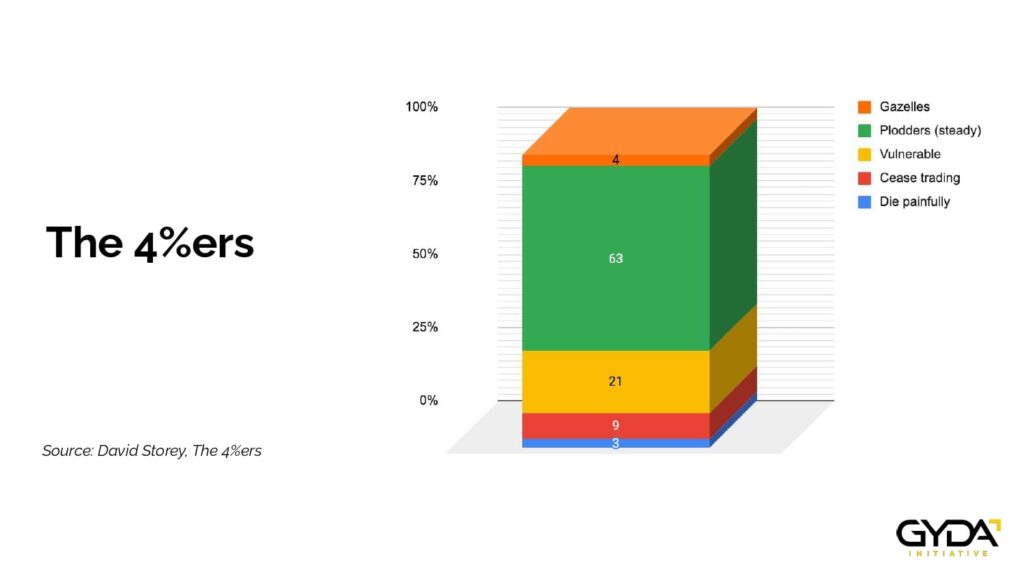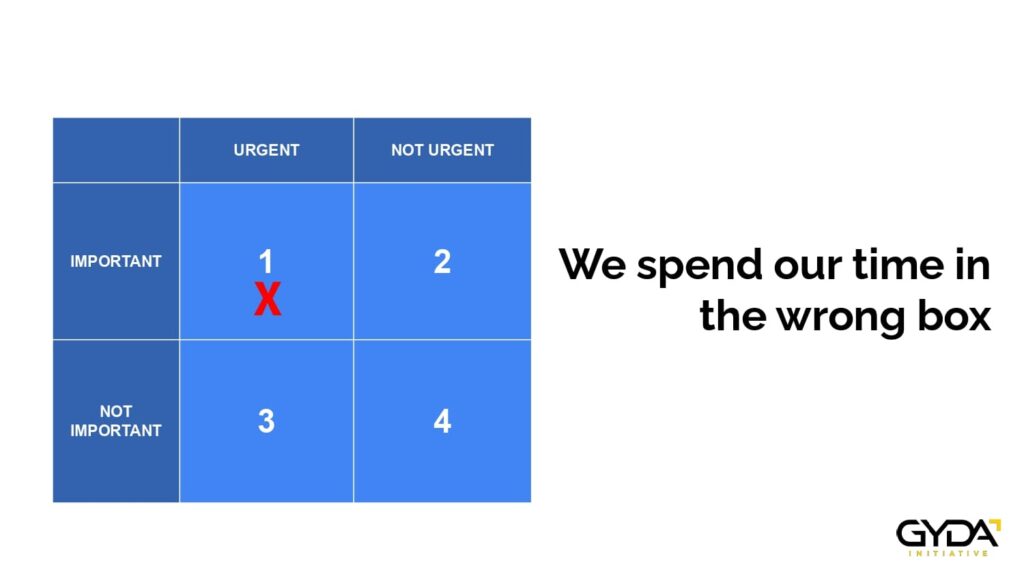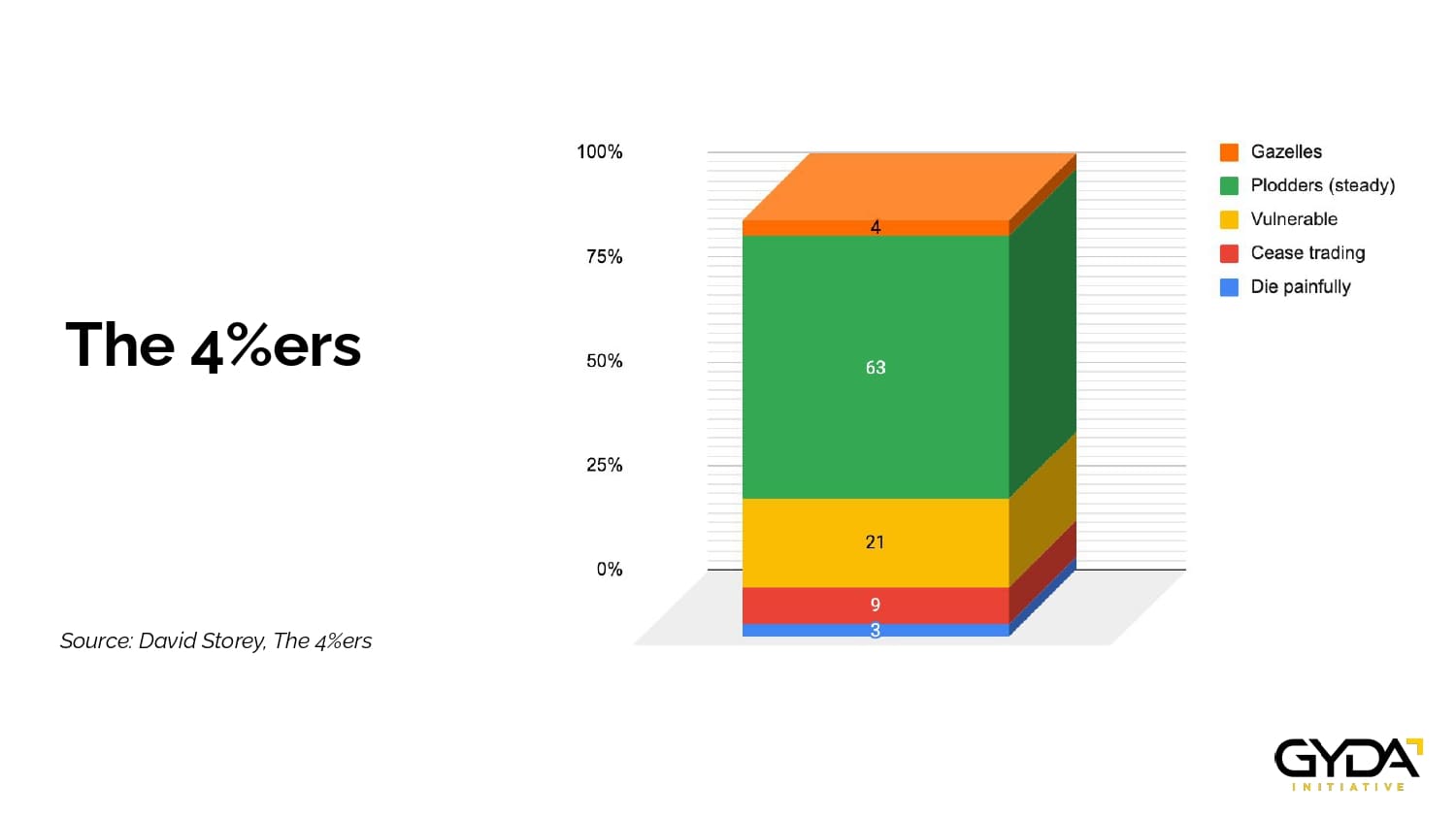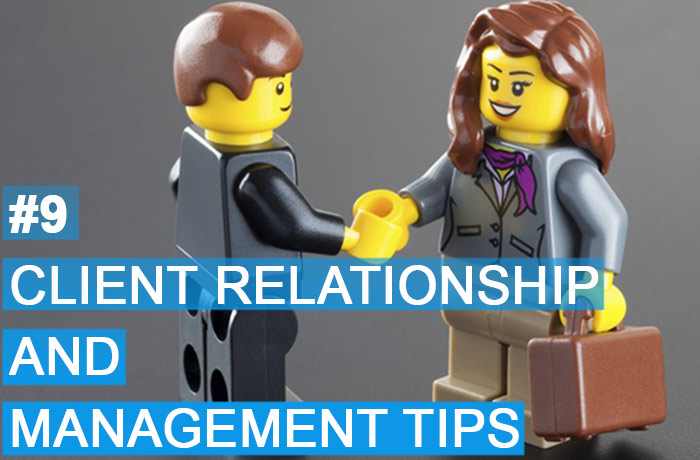What the High Performers Do Differently by Janusz Stabik of The Agency Coach
Janusz Stabik presented “What the High Performers Do Differently” at Anicca Digital’s 6th Leicester Digital Live Conference on 16th February.
You can watch the replay here, download the pdf and read the summary below:
Watch the Video
Read and download the pdf here
10-30am – Janusz Stabik, The Agency Coach
Read the summary

As part of Leicester Digital Live, Janusz Stabik of Grow Your Digital Agency Initiative, which helps marketing agencies to make more money and grow their businesses, shares GYDA’s analysis of high performing businesses and the secrets to their success.
Many business owners or entrepreneurs are good at getting projects started but drop them if they don’t see results quickly enough.
The key signs include:
- Lack focus or have no niche or vertical segment
- Find it difficult to stick to regular meetings
- Constantly thinking about new ideas or reinventing the wheel
GYDA looked at what high performing leaders – the top 4% – do differently to the rest.
The top 4% were identified by David Storey, whose research looked at the gazelles of the business world – the leaders that are really successful and leap ahead of the competition like a gazelle.
Key findings:
- It’s not about being the smartest – the agencies that take the biggest steps forward aren’t necessarily the smartest
- It’s not about being the fastest – you don’t need to be the first to market. Some of the most successful companies are successful by being the second or third to market
- It’s not about being the best – you just need the message that resonates the best with your audience and to understand that marketing is more about perception than reality
So, if these companies aren’t the fastest, the smartest or the best, what’s the key to their success?
They do the boring stuff really, really well.
Weightlifters can handle the boredom of lifting the same weights over and over, day after day. They go home and eat chicken and broccoli every night.
It’s the same approach you need to take in business.
You might be good at getting things going, but you lack the ability to handle the boredom of the everyday.
Speaking from experience as an ex-agency owner, Janusz understands how to grow a business quickly, how to motivate and lead a team, but that also leads to over excitement. Saying yes to everything can damage a business’ growth.
His business gradually changed its value proposition. He took on projects outside of the business’ core focus, he said yes to everything, he started multiple businesses.
The result was that none of the businesses were particularly successful, because they had no focus or no defined niche.
In his own words, Janusz became a master of distraction. Boredom won.

Where are the 96% going wrong?
The key characteristics of the 96% of businesses that never become high achievers includes:
- Entrepreneurs – have energy and drive to get projects off the ground and to get customers to buy
- Addicted to opportunity – every opportunity they say yes to because we get a dopamine kick, the risk is that they yes to things that are outside our core skills
- Star gazers – horizon scanning and distractions
- Never have a plan or strategy – if we don’t know where we’re going, any road will do
- Keep everyone busy and makes us really busy with firefighting. There are always urgent tasks to deal with and the inbox is never empty
- We need to work on things that are important not urgent
- Business growth isn’t linear – we need to change how we lead and employ experienced people
It’s the perfect storm and explains why 96% of businesses plod along and never achieve that significant growth.
Top 4% – why are they able to be successful?
GYDA analysed 550 of the 4% to identify the key characteristics of high achieving businesses that we can copy:
- An ability to do the boring stuff – repeating the necessary tasks and remaining focused
- Strategy Obsessed – the term is used by everyone in the business, known and understood
It means business owners can spend more time in box 2 and more time doing stuff that’s important but not urgent.
Constant communication on strategy was delivered to the team and underlined at every opportunity. It was baked into one-to-ones, planning sessions, review meetings, team communication.
Johnson and Scholes: ‘Seven Stages of Strategic Planning’:
- Reward: If successful, recognise efforts of all
- Control: KPIs. Monitor actual with planned performance.
- Actions: Individual steps for teams and individuals to execute strategy
- Strategy: What actions need to be taken to execute the strategy?
- Objectives: Break down goals into SMART measurables that can be monitored
- Goals: What goals must be achieved to realise the mission?
- Mission: Identify the organisations vision, what does it want to achieve?
High Growth Mindset
The 4% have a completely different mindset on how they approach things:
- Single pursuit of goal
- Said no when prospect asked for something different
- Concentrated all effort and focus on one task and became experts
- Understand that it is a marathon and not a sprint to achieve the goal
Marc Randolph, Netflix founder stepped down as CEO early on, as he recognised himself as liking chaos and energy. He understood that it is not the approach that grows businesses.

Do you have the resilience to do the same lifts over and over?
Every visionary needs and integrator to run the team, execute the strategy
Become the most boring person in the room or find your integrator – your number two.
Connect with Janusz Stabik on LinkedIn.


